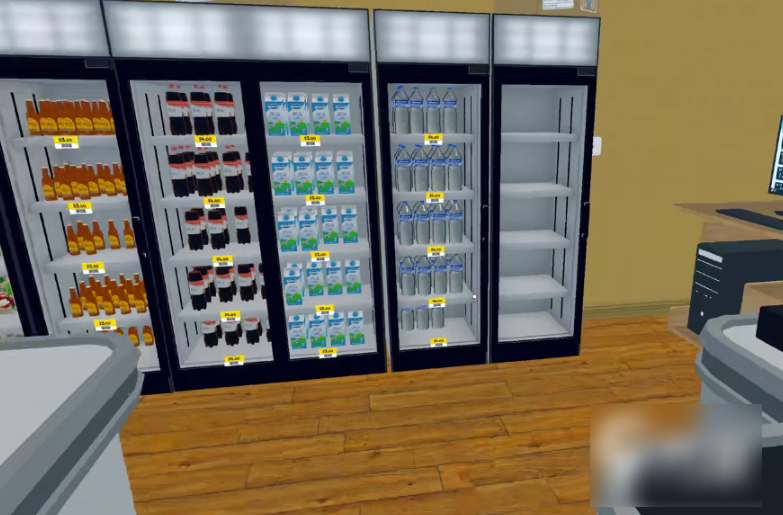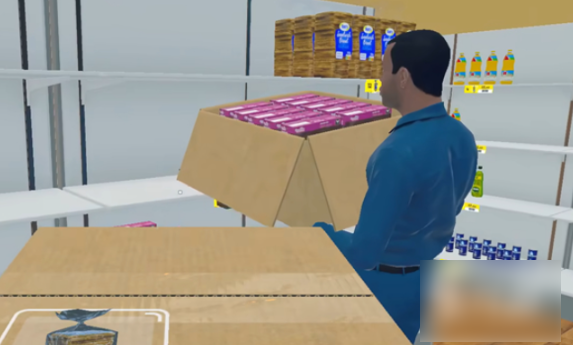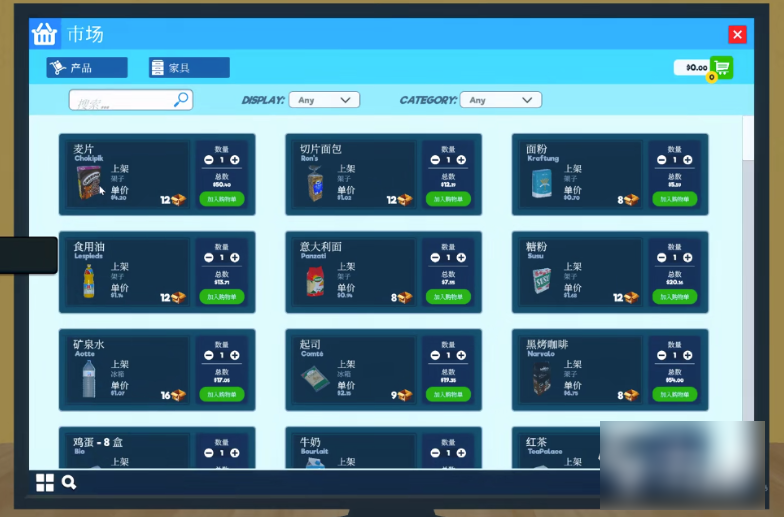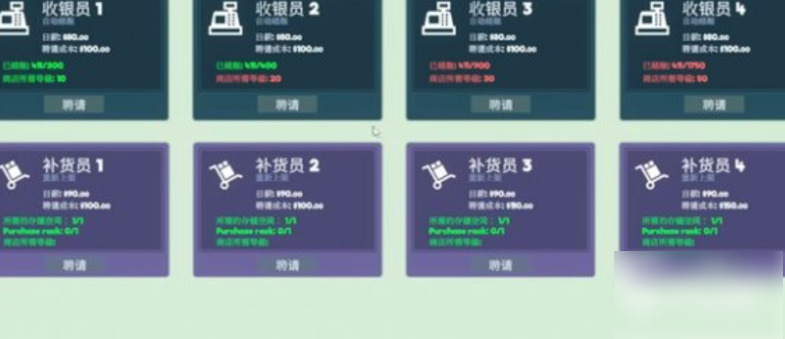1. ** Initial manual replenishment

- In the initial stage, when funds are limited, manual operation:

- Choose best-selling products to buy

- Store goods in warehouse and put them on shelves

- Click quantity to restock and keep inventory sufficient

2. ** Pay attention to shelf life and sales volume

- Pay attention to the shelf life of products, and replenish hot-selling products in large quantities
- Products with low sales volume or short shelf life should be replenished in small quantities.
3. ** Entering the automation stage
- When funds are sufficient, enable the automatic replenishment function
- Hire replenishers and set up replenishment products and schedules
- The replenisher moves automatically to simplify the process, but the goods need to be replenished in a timely manner
4. ** Reasonable division of labor and management
- Assign cashiers to ensure smooth sales process
- Employee collaboration allows replenishers to efficiently put out-of-stock products on shelves
5. ** Price strategy
- Independent pricing, taking into account market dynamics
- A price that is too high may lead to unsalable sales, and a price that is too low may result in losses.
Frequently Asked Questions from Users:
1. Q: How to start using the automatic replenishment function?
A: When funds allow, set up the replenisher and product list, and the system will automatically monitor and replenish inventory.
2. Q: How to deal with products with shelf life?
A: Pay close attention to the sales volume of shelf-life products to avoid waste caused by expiration and replenish the stock appropriately.
3. Q:** How to balance price and sales volume?
A: Check the market price regularly and adjust the selling price according to demand to avoid losing money and remain competitive.